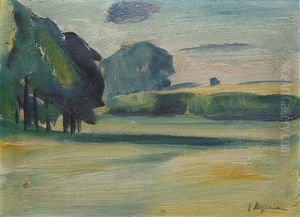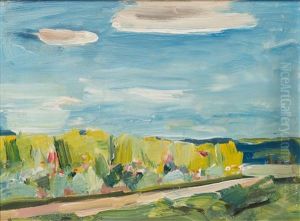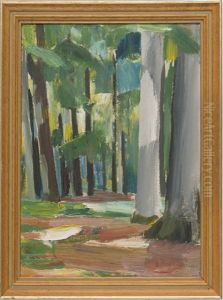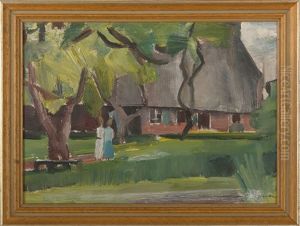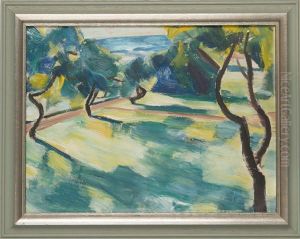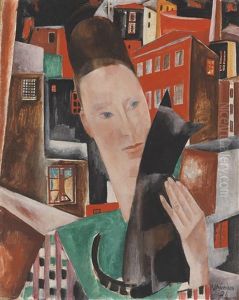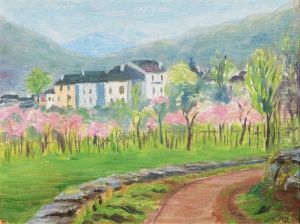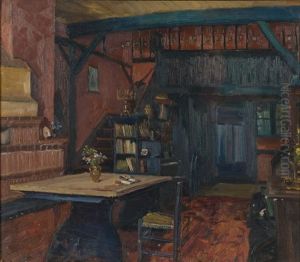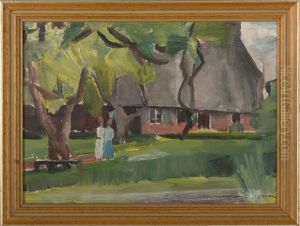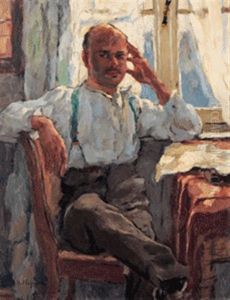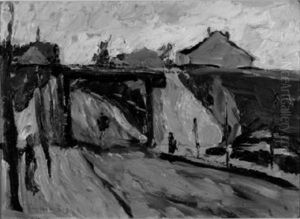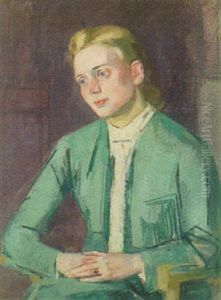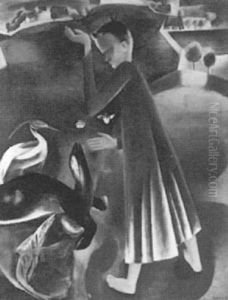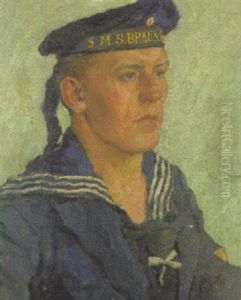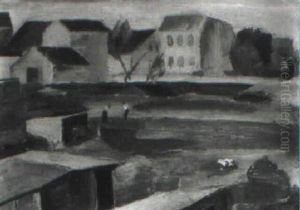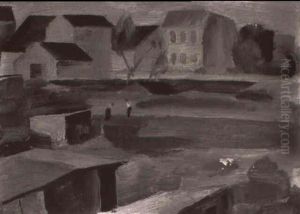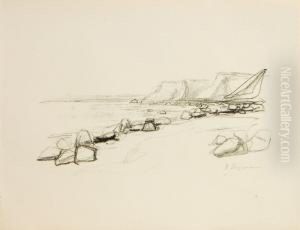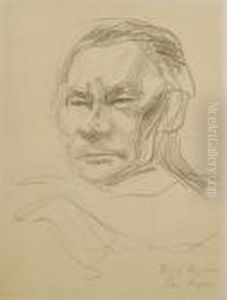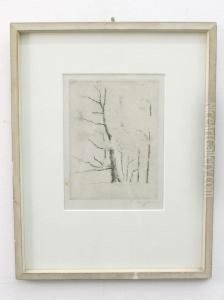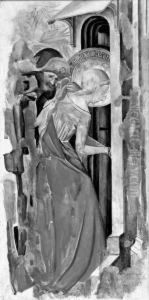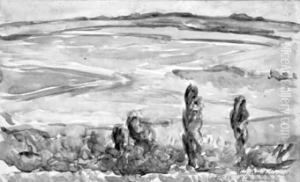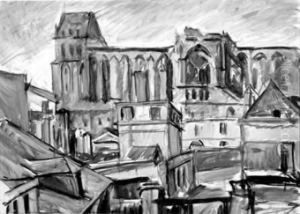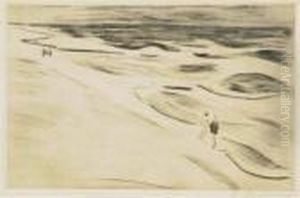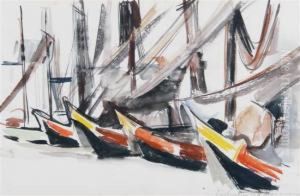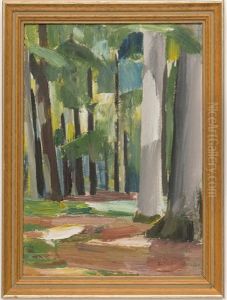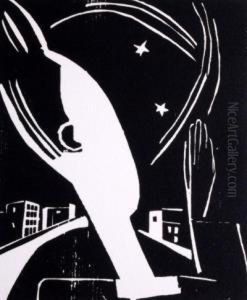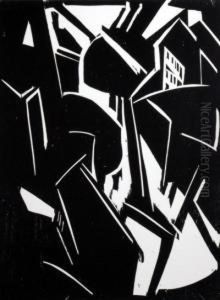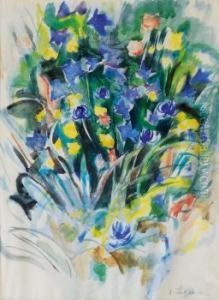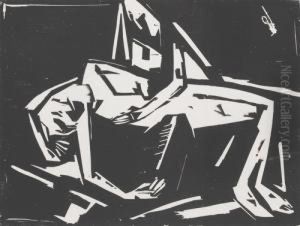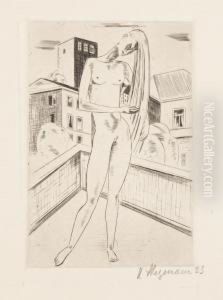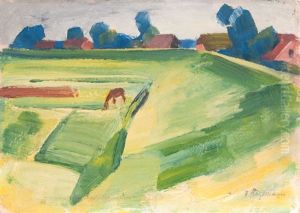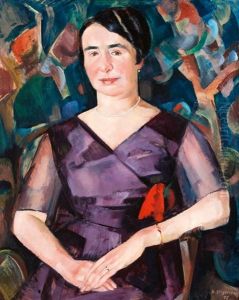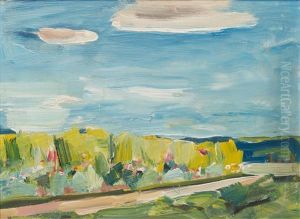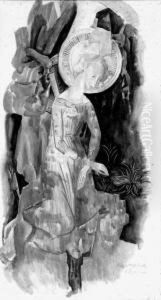Heinrich Stegemann Paintings
Heinrich Stegemann was a German painter and graphic artist born on November 3, 1888, in Burg (Dithmarschen), a small town in the province of Schleswig-Holstein, Germany. Stegemann's artistic journey began at a young age, reflecting a profound interest in capturing the essence of his natural surroundings and the human condition. He pursued his artistic education at various prestigious institutions, which played a pivotal role in shaping his artistic direction and techniques.
In the early stages of his career, Stegemann was significantly influenced by the Expressionist movement, a trend that was evident in his bold use of color and dynamic compositions. However, his style evolved over the years, incorporating elements of New Objectivity (Neue Sachlichkeit), a movement that emerged in Germany in the 1920s as a response to Expressionism. This shift marked a transition in Stegemann's work towards a more realistic and socially critical portrayal of subjects.
During the tumultuous times of the early 20th century, including World War I and the rise of the Nazi regime, Stegemann's art reflected the socio-political climate of Germany. His works from this period provide insight into the artist's perspective on the struggles and hardships faced by society. Despite the challenges, he continued to produce art that was both reflective and critical of the times.
Stegemann's contributions to art were not limited to his paintings and graphic works. He also engaged in teaching, passing on his knowledge and skills to a new generation of artists. His dedication to art and education left a lasting impact on the German art scene.
Heinrich Stegemann's life came to an end on August 5, 1945, shortly after the end of World War II. His legacy, however, continues to be celebrated for its significant contributions to German art history. Stegemann's body of work stands as a testament to his ability to navigate through various artistic movements while maintaining a unique voice that spoke to the complexities of human existence and the socio-political landscape of his time.
